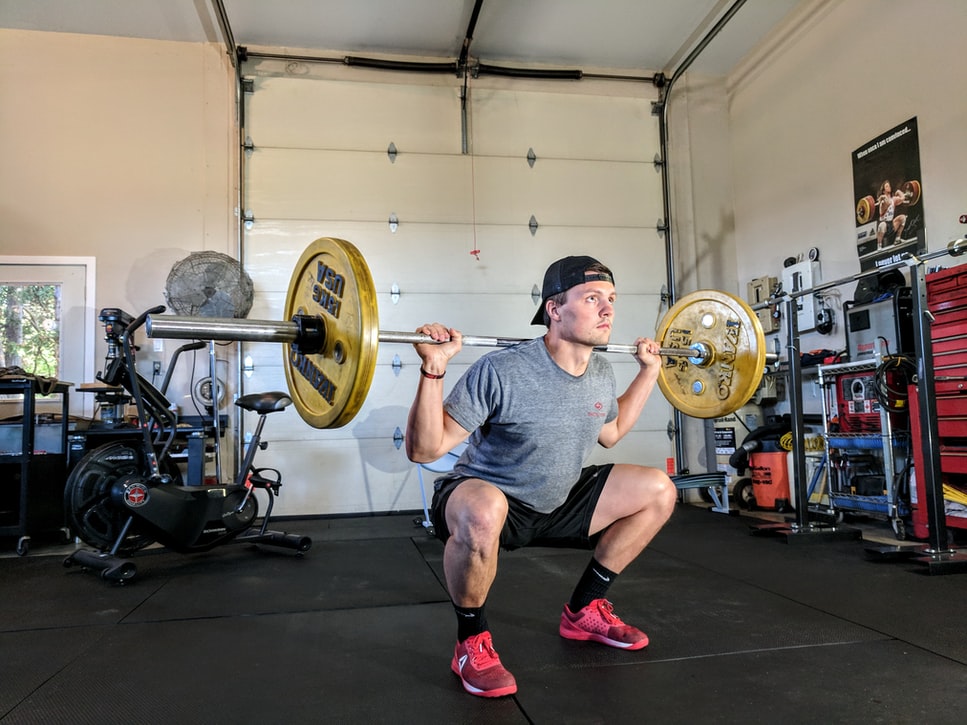Why You Should Use Grounding Mats in Your Home Gym to Reduce Inflammation

Chronic inflammation is a concern for many individuals, often leading to various health issues. Grounding mats may offer a natural way to reduce inflammation by helping the body connect with the earth’s electrons!

This process, referred to as grounding or earthing, is thought to lower inflammation, ease stress, and improve sleep quality.
Recent studies suggest that people can experience natural stress relief with grounding sheets, which could be beneficial for overall wellness. These mats simulate the effects of being barefoot on natural surfaces, supporting the body’s connection to the earth.
For those looking to explore holistic approaches to health, grounding mats might be an addition to consider. Promoting better sleep and potentially reducing inflammation offers an alternative path to feeling more balanced and energized.
Understanding Grounding and Its Principles
Grounding, also known as earthing, is a practice that connects the body to the earth’s natural energy. This section explores the foundational science behind grounding and its potential role in reducing inflammation—especially relevant for those incorporating it into recovery routines within a home gym setting.
The Science Behind Grounding
Grounding typically involves direct skin contact with the earth, like walking barefoot on grass or soil. This contact allows the body to absorb electrons from the ground, which may help neutralize free radicals and reduce oxidative stress caused by intense physical activity.
Research suggests this transfer of electrons can help regulate the body’s internal electrical environment, which is especially important for muscle recovery, joint function, and nervous system regulation. For active individuals, grounding may support a more balanced post-workout state—reducing tension and promoting physical recovery through natural alignment with the earth’s charge.
Natural Healing Processes and Inflammation
Inflammation is the body’s natural response to intense exercise or injury. However, when it becomes chronic, it can hinder progress and recovery. Grounding may help manage inflammation by restoring the body’s natural electrical balance after strenuous physical activity.
Some studies point to a reduction in inflammation-related markers that are common after high-intensity workouts. Grounding is believed to assist in cellular repair, improve blood flow, and ease muscle soreness. For fitness enthusiasts, these effects may lead to faster recovery, better sleep, and fewer aches—key factors in maintaining a consistent training routine.

Evaluating the Efficacy of Grounding Mats
Grounding mats bring the benefits of direct earth contact indoors, making them a convenient tool in home gyms. This section looks into the research, real-world usage, and considerations surrounding their role in fitness recovery and inflammation management.
Clinical Studies and Results
Clinical studies examining grounding mats show promising results in reducing inflammation and aiding recovery. Some research highlights decreased muscle soreness, improved heart rate variability, and better sleep quality—factors that contribute to faster post-exercise recovery.
While initial findings are encouraging, grounding is still a developing area of research. More studies are needed to fully understand its impact on athletic performance and inflammation. Still, early evidence supports its potential as a natural recovery aid when integrated into a fitness routine.
Testimonials and Personal Experiences
Athletes and fitness enthusiasts often share positive stories about using grounding mats during post-workout cooldowns or while sleeping. Many mention enhanced recovery, fewer aches, and deeper rest—all essential for those training regularly.
While these accounts provide helpful insights, they are subjective and can vary between individuals. Still, hearing how others incorporate grounding into their fitness lifestyle can be motivating and informative.
Potential Limitations and Considerations
Though grounding mats offer potential benefits, their effectiveness can depend on various factors—such as the mat’s placement, duration of use, and whether there’s consistent skin contact during recovery sessions.
It’s important to remember that grounding should complement, not replace, other recovery practices like stretching, hydration, and balanced nutrition. Results may vary, and some may not feel immediate changes. Consulting a fitness or health professional can help determine if grounding aligns with individual recovery goals.

Conclusion
Grounding mats may offer a natural way to help reduce chronic inflammation. By connecting the body to the Earth, these mats could potentially achieve various health benefits.
Some studies suggest that grounding can lower inflammation and pain, as well as improve sleep quality. Exploring grounding techniques might be worth considering for those dealing with chronic inflammation.
It’s important, however, to balance grounding practices with other healthy lifestyle choices. Good nutrition, regular exercise, and stress management are also important in managing inflammation.
While grounding holds promise, it’s advisable to consult with healthcare professionals when dealing with chronic health issues. More research is needed to understand its impact on inflammation fully.








